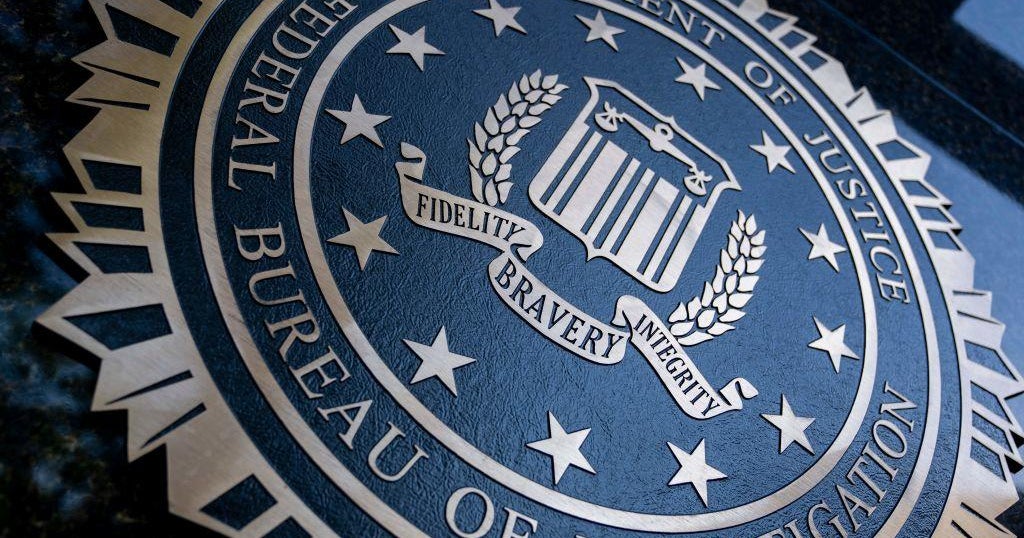Laser strikes against airplanes have been increasing, and a watchdog says the FAA isn't doing enough
Laser strikes that can blind or disorient pilots have surged in the last few years, and a government watchdog says the Federal Aviation Administration needs to improve how it handles these incidents.
In a new report out this month, the Government Accountability Office noted the FAA and law enforcement disbanded an interagency working group on laser strikes in 2015. Reported strikes nearly doubled that year and have continued to climb to more than 9,700 in 2021. Last year marked a 41% surge in incidents, and 47 pilots reported injuries from the strikes.
In the first seven months of 2022, at least 5,061 such laser strikes have been reported to the FAA.
"Let's be clear. These are attacks on aircraft," 737 Captain Dennis Tajer, spokesman for the union representing American Airlines pilots, told CBS News correspondent Kris Van Cleave in April. "If these are kids just having fun, they've got to stop having fun. If these are adults making bad choices, that time for them to grow up. This is very serious."
A laser strike, typically from a handheld laser pointer that can shoot a powerful green beam a mile or more into the night sky, can temporarily blind, disorient or even injure pilots and often occur when the aircraft is near to the ground like during takeoff and landing.
"All you see is green," Manatee County, Florida, Sheriff deputy and helicopter pilot Ben Sehorne told CBS News in April. "So, it's very disorienting."
Sehorne was flying the Sheriff's Watch One helicopter when it was struck by a laser in February. "It's almost like a disco ball. Once the laser itself hits the cockpit, it bounces everywhere, and it's very blinding."
And while aiming a laser at an airplane is a federal crime, arrests are rare. When they happen, penalties have ranged from as little as $50 to $27,338 and sentences up to 51 months in prison. FAA says it issued $120,000 in fines related to laser strikes in 2021.
But the federal watchdog found pilot complaints rarely make it to law enforcement. While FAA asks pilots to complete an incident questionnaire, the agency received responses to only about 12% of 8,221 reported strikes during a 12-month period between 2020 and 2021. The FAA blamed the voluntary nature of the document and its five-page length. And the FAA doesn't consistently share the information it does collect with police.
Data is also lacking on prosecutions. While the GAO identified at least 44 between 2016 and 2020, the FAA reported just four.
GAO made three recommendations including urging FAA to determine what information law enforcement needs as well as how best to collect and share it. The report also calls for that interagency working group to be re-established.
FAA concurred with the recommendations, but tells CBS News, FAA special agents have conducted outreach, meetings and training events for over 500 law enforcement officers nationwide.
"To reduce laser attacks, the agency conducts outreach to educate the public about the hazards of lasers aimed at aircraft," the FAA said in a statement. "The agency also works closely with other federal agencies and state and local governments to report and investigate incidents, help apprehend suspects, and advocate for the prosecution of offenders."





